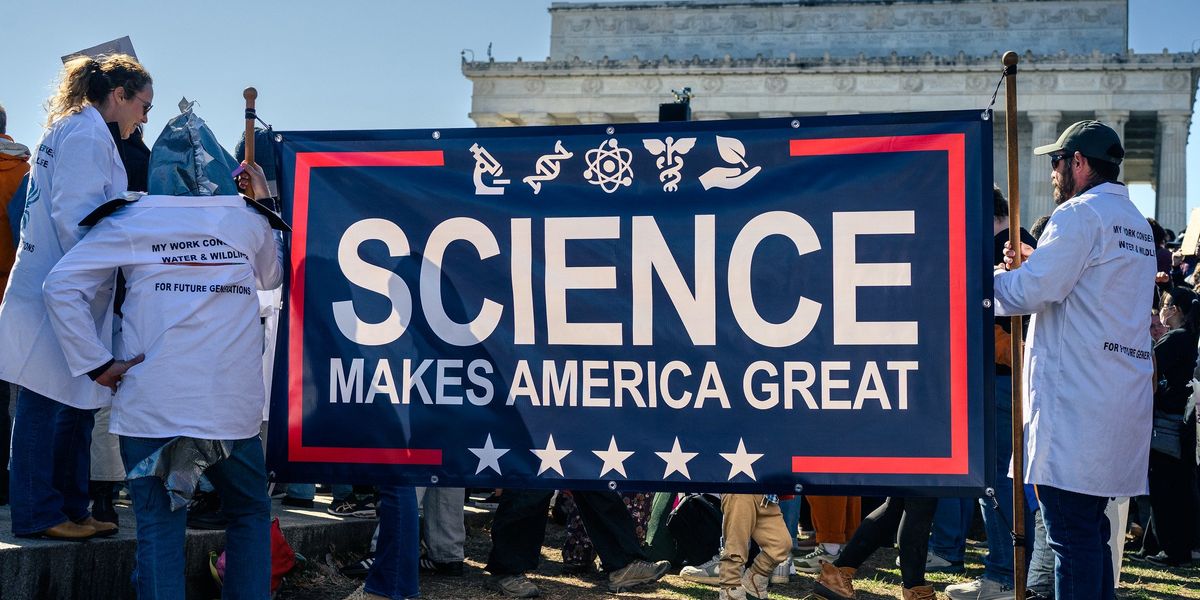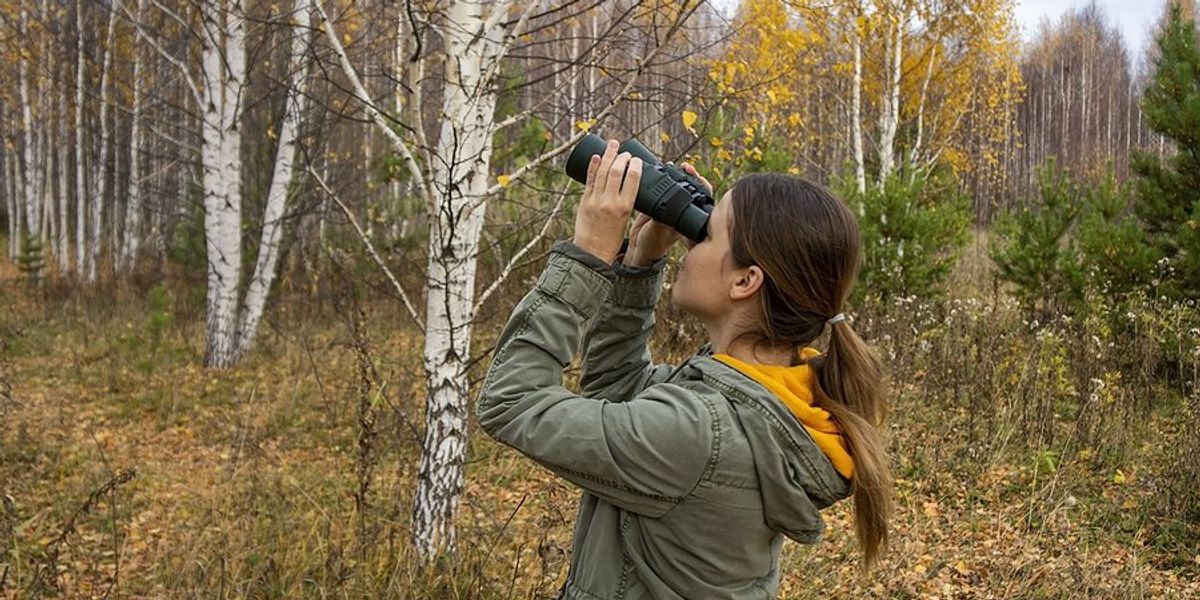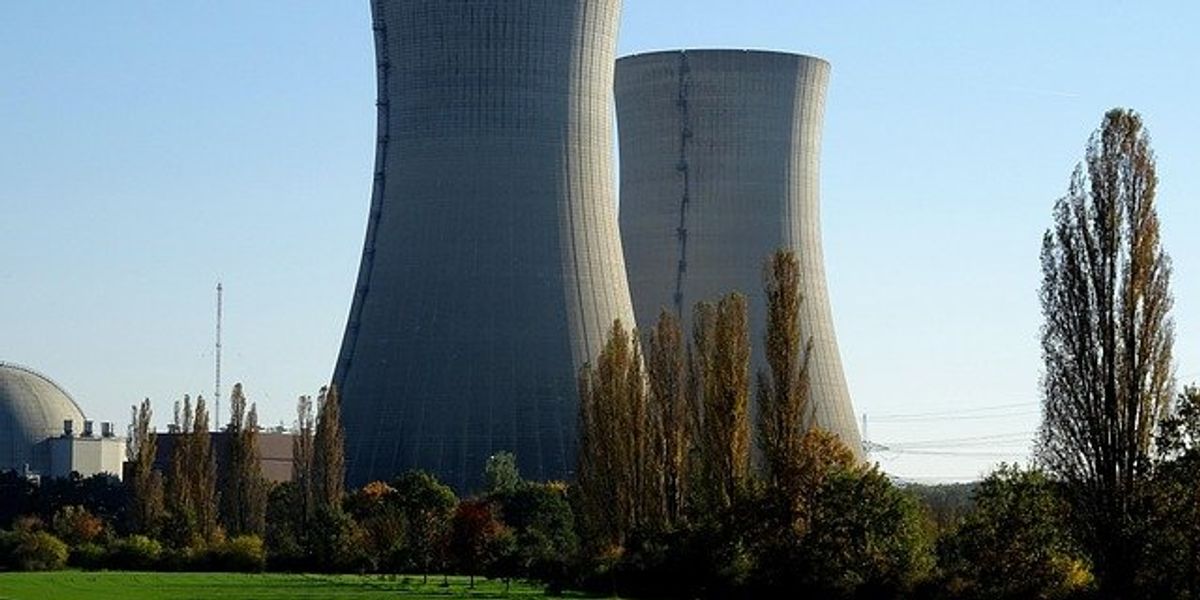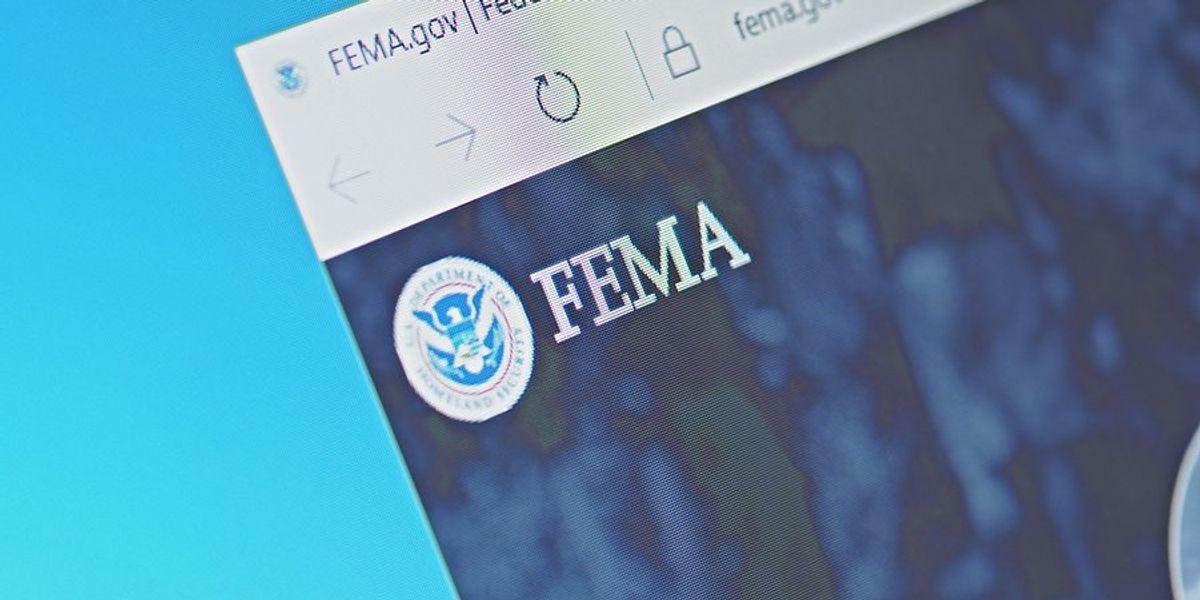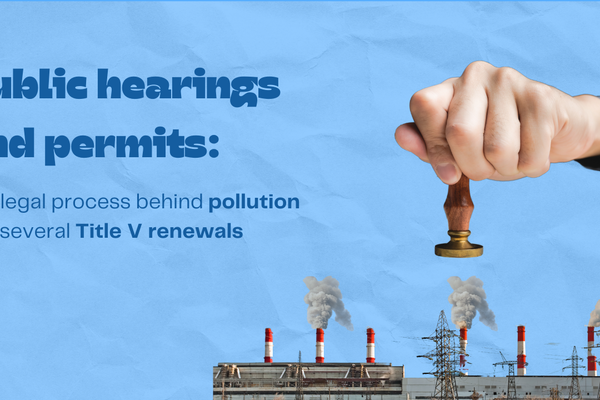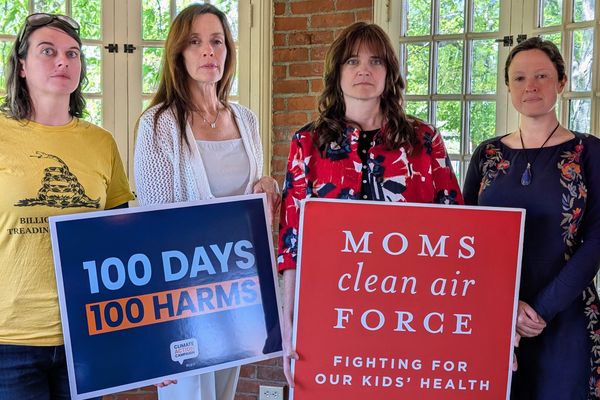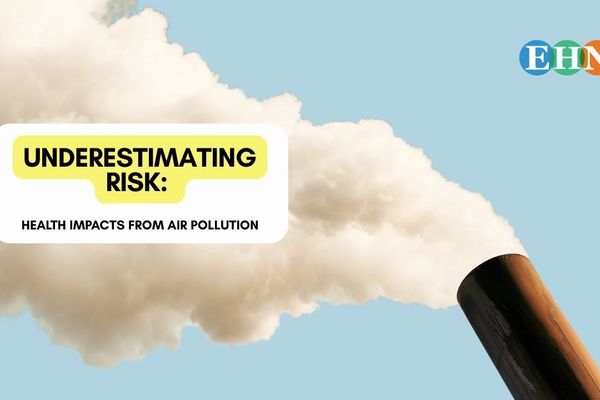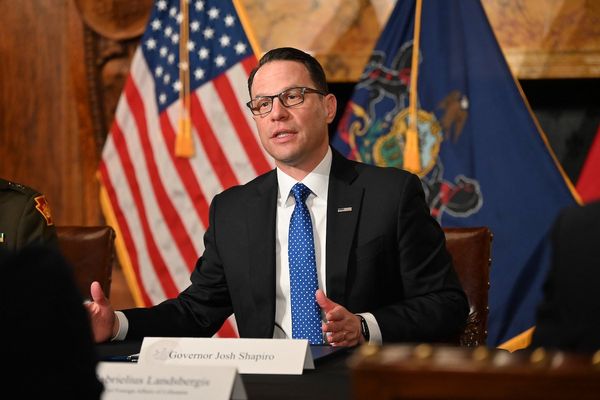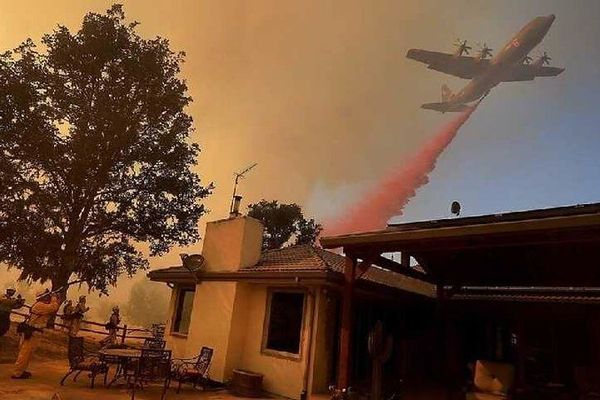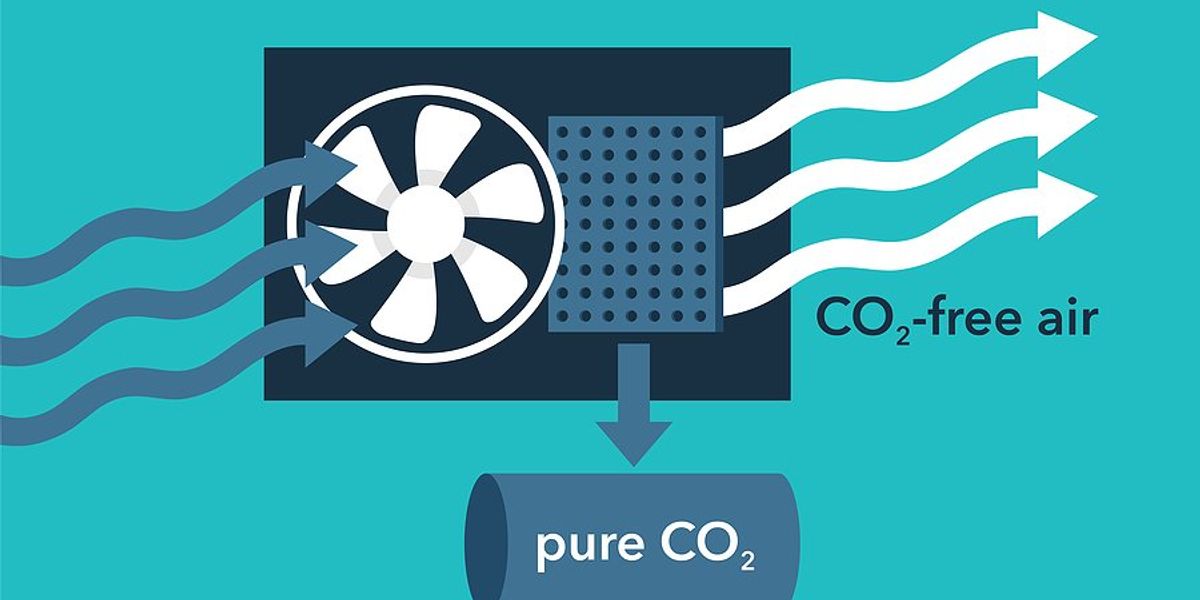
Trump administration scraps major carbon capture project in Wyoming
The U.S. Department of Energy has pulled $49 million in funding for a coal carbon capture pilot project at Dry Fork Station, as Wyoming lawmakers weigh repealing a costly mandate that aimed to keep coal plants alive through emerging technologies.
Dustin Bleizeffer reports for WyoFile.
In short:
- The Department of Energy canceled federal support for a $49 million carbon capture project in Wyoming, part of a broader rollback of $3.7 billion in clean energy demonstration funding under the Trump administration.
- Wyoming legislators are reconsidering a 2020 state law mandating carbon capture retrofits at coal plants after millions in ratepayer money went toward studies without producing a viable retrofit.
- Utilities estimate retrofitting a single coal unit could cost up to $1 billion, and some lawmakers argue the mandate may be accelerating the shift away from coal by making it more expensive.
Key quote:
“Dry Fork has been identified in different studies as the lowest-cost plant in the country to attempt this technology. If it won’t work here, where will it work?”
— Rob Godby, University of Wyoming associate professor of economics
Why this matters:
As states navigate the energy transition, carbon capture has been floated as a lifeline for coal plants facing market and regulatory pressure. But the economics remain daunting. Projects like Wyoming’s now-canceled pilot at Dry Fork Station were meant to test whether coal could stay viable in a carbon-constrained world. That pilot’s failure, paired with local frustration over mounting costs and few returns, underscores the disconnect between political ambition and commercial feasibility. Ratepayers are already paying more for power, while utilities flirt with gas or renewables instead of pursuing expensive retrofits.
Read more: Carbon removal project in Wyoming halted due to clean energy shortages



